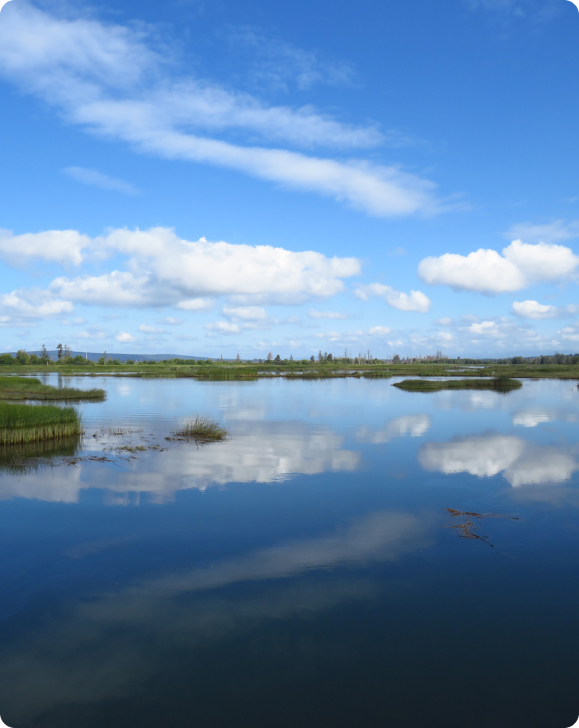Traditional government and philanthropic funding for conservation, restoration, and stewardship activities will not be sufficient to stop and reverse biodiversity loss or meet climate targets by 2030. In Canada alone we require $15-20 billion US in additional funding annually to address the challenges at hand, about five times what is currently being spent.
Growing the pool of public and philanthropic funding is an important step in closing this gap, but to meet our financing needs requires broadening the spectrum of funders, which includes an important role for the private sector. Yet attracting private finance to nature is challenging, given that ecosystems do not lend themselves to traditional investment vehicles. The value of conserving, restoring, and sustainably managing ecosystems have up front costs whose benefits, such as increased carbon sequestration and flood mitigation, or improved air quality, are diffuse despite the costs that rise in their absence. Conservation finance helps address this challenge by offering the instruments that align and incentivize partners to invest in activities that generate financial returns alongside environmental, cultural and/or social benefits.

There are several conservation finance instruments that create an incentive to invest in nature by defining and aligning benefits and outcomes to the participants. These instruments are context dependent, some apply better to agricultural landscapes, whereas others are more useful for large-scale conservation efforts. Specific needs must be examined to evaluate the applicability of various financial instruments on a case-by-case basis. The image below highlights several instruments plotted along a spectrum of generalized expected rates of return. Hover over them for more information, and for more details and instruments see the Smart Prosperity Institute's Invest in Nature report on our Third-Party Resources page.

It is important to acknowledge that conservation finance practices are not always the best way to fund certain types of activities. Funding species-at-risk, for example, is necessary regardless of a financial incentive. Conservation finance is also not intended to redirect existing donor streams. The intention is to attract new investors for revenue-generating projects and free up donor funds for nature projects that do not generate revenue.
Commodification of nature is also not the goal. The goal is to better understand all of the values of nature and conservation and have investments flowing in a way that reflects this.

Conservation finance faces several challenges that have hindered its widespread adoption and effectiveness in Canada. These include:
The Nature Investment Hub wants to help overcome these challenges and promote conservation finance. Read more about the Canadian context in our Explainer.

Sign up to receive updates and event invitations